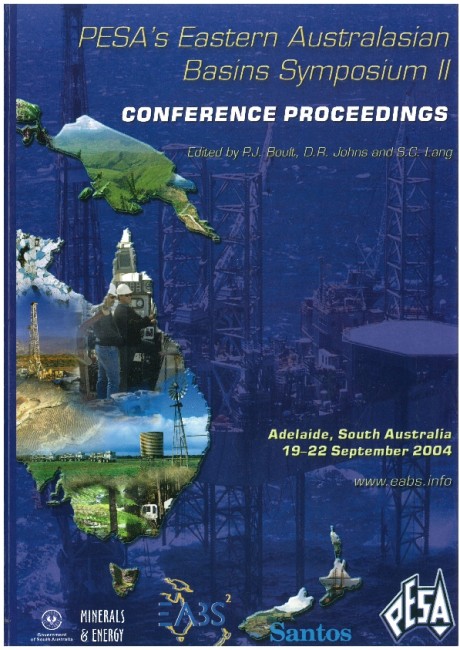Publication Name: PESA's Eastern Australasian Basin Symposium II
Authors: T. Flottmann, D.J. Campagna, R. Hillis and D. Warner
Date Published: December 2004
Number of Pages: 23
Reference Type: Book Section
Abstract:
Core discing is common in gas wells in the Cooper Basin, central Australia. The occurrence of discing is consistentwith the high in situ horizontal stresses that prevail in the basin. Thin sections in intervals of disced core reveal the occurrence of pre-existing, clay-filled, horizontal tensile microfractures in the same interval. This association implies that, although discing is a drilling-induced phenomenon in a high in situ stress environment, it utilizes pre-existing weaknesses presented by the micro fractures. The development of the horizontal, tensile micro fractures suggests that the basin must have been subject to a reverse fault stress state consistent with observed Tertiary thrusting. Indeed, regions exhibiting the greatest amount of Tertiary exhumation are most prone to horizontal microfracturing and associated core discing. Microfracture development is interpreted to be due to stress concentrations at grain contacts and microfractures are most prevalent in fine-to medium-grained, well-sorted sandstones. The presence of horizontal micro fractures can complicate hydraulic fracture stimulations in the area. Hence an understanding of the origin of and controls on these fractures has a profound influence on strategies for well completions during field development. Together, grain size and amount of exhumation can be used as key criteria to successfully predict the occurrence of horizontal micro fractures in sandstone reservoirs.


